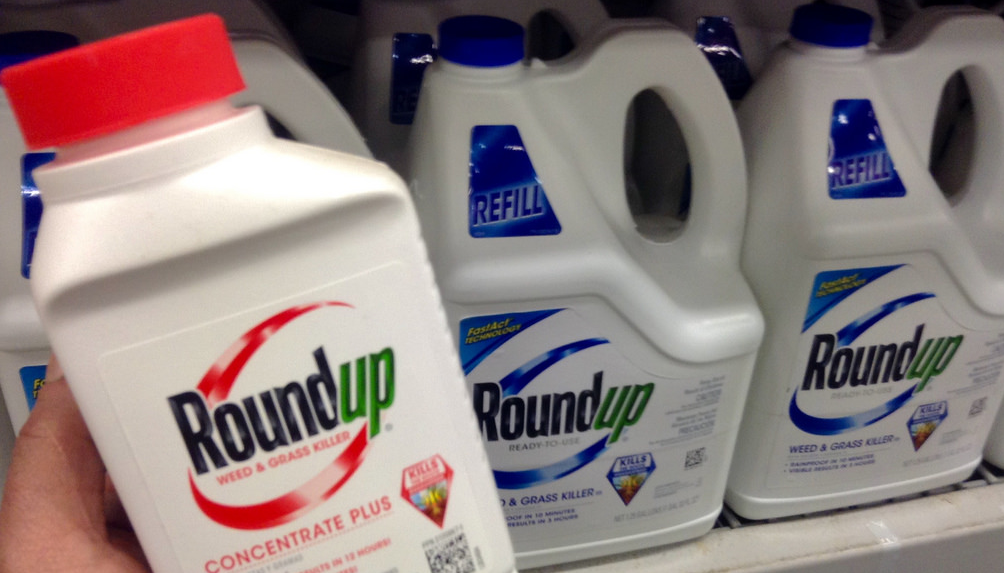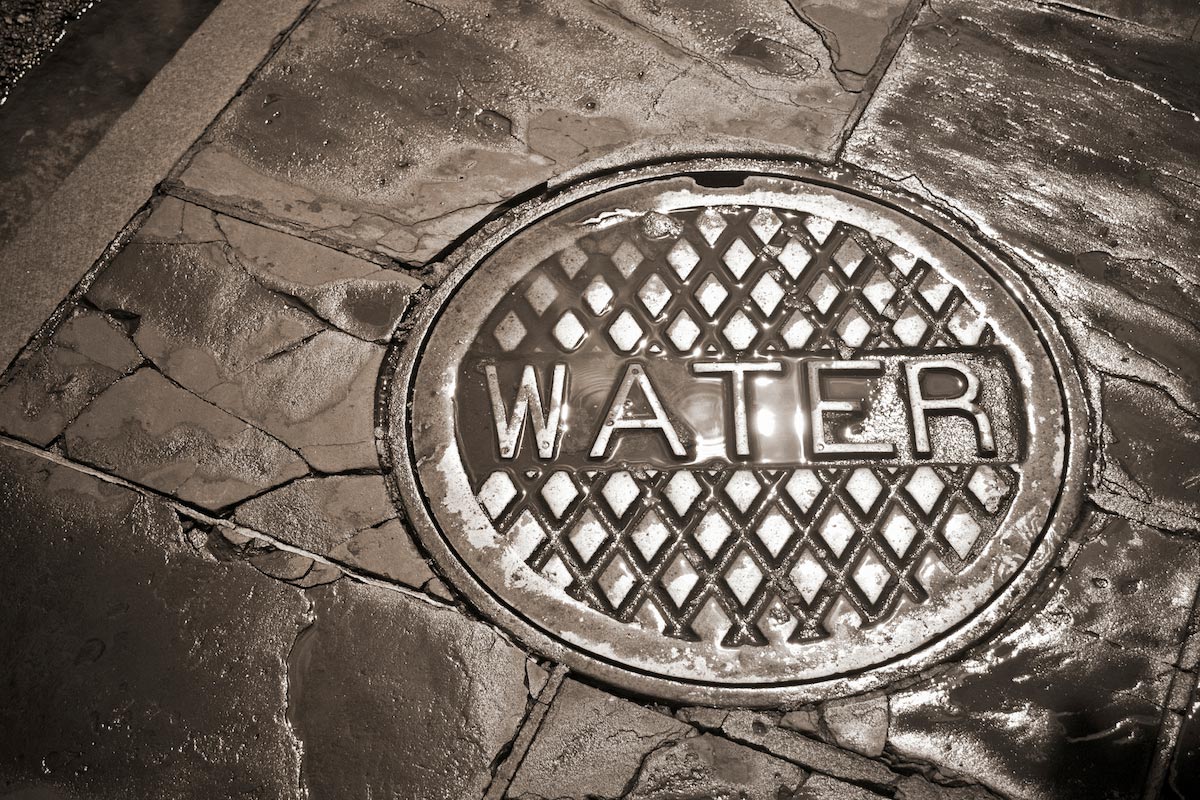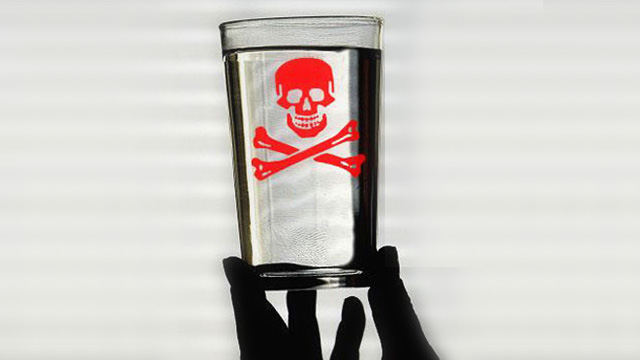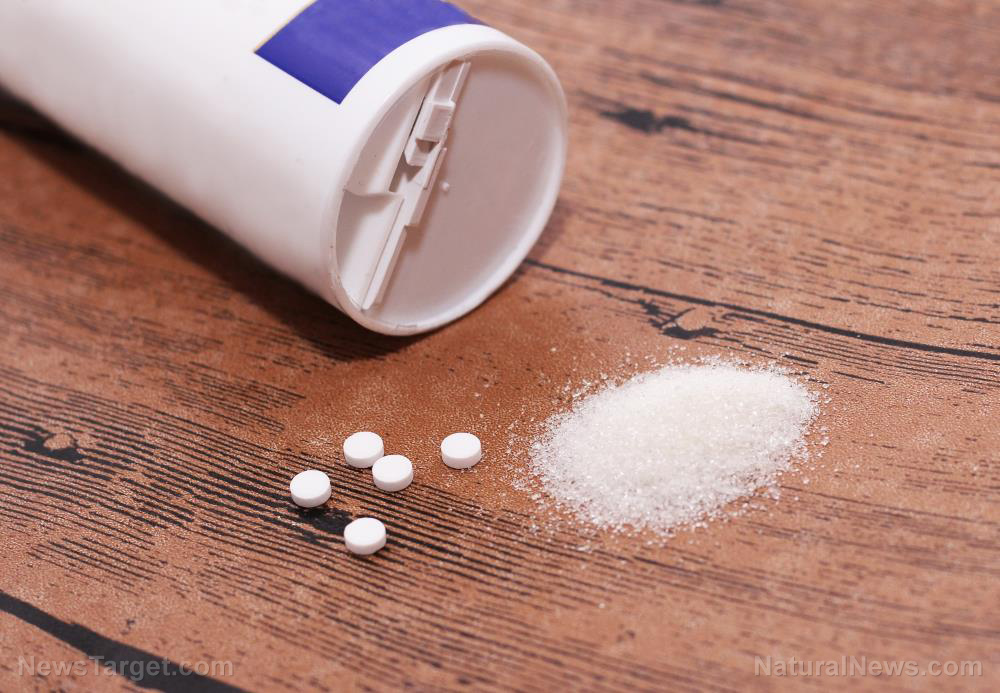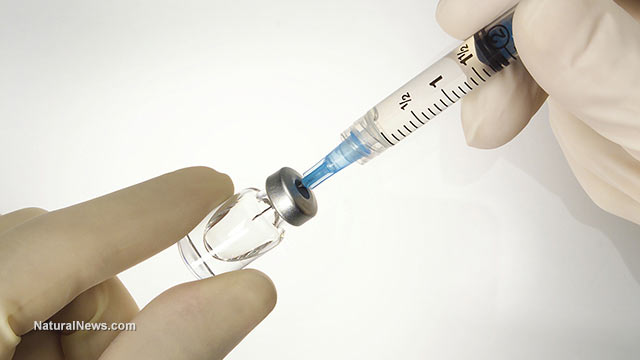Now Detroit is dealing with toxic chemicals in the drinking water
04/09/2018 / By Edsel Cook

Toxic PFAS have been detected in the drinking water of two cities in Metropolitan Detroit. The Michigan Department of Environmental Quality (MDEQ) has warned residents of New Baltimore and Mount Clemens about their contaminated water supplies, reported a Michigan Live article.
PFAS is short for perfluoroalkyl and polyfluoroalkyl substances, a huge group of chemicals used by the industrial, food, and textile industries for numerous processes and products. They’re responsible for water pollution in other states like North Carolina and Ohio.
In January 2017, the MDEQ began testing the groundwater and treated drinking water of Macomb Country in Metropolitan Detroit. According to the state agency, the PFAS in the drinking water of New Baltimore and Mount Clemens have not yet reached dangerous levels. The MDEQ has sent letters to the residents of the two affected cities informing them about the present of PFAS in their water.
“I want to assure the residents of the city that their water is safe to drink and that a boil water advisory has not been issued as there is no need,” Mayor John Dupray of New Baltimore assured his fellow citizens.
“I will be attending a meeting with the MDEQ early next week to discuss this issue in greater detail. We strive to provide the highest quality water possible and will continue to do so,” he promised.
PFAS may have come from nearby military base
The MDEQ is still tracing the origin of the PFAS that contaminated the drinking water in the two Macomb County cities. Investigators believe the toxic chemicals came from Lake St. Clair.
The vital lake suffers from chronic pollution problems due to the trillion gallons of partially-treated storm sewer overflow and other liquid wastes that have been dumped into Lake St. Clair’s waters for decades.
Another affected locality is Ira Township in the neighboring St. Clair County, where the MDEQ has also found PFAS in the local potable water supply. Both the township and the cities of New Baltimore and Mount Clemens are located near Selfridge Air National Guard Base. In the past, Selfridge ANGB used large amounts of firefighting foam during military exercises. The chemical formula is reliant upon PFAS to achieve its fire-retardant properties. Once it’s been used, the spent foam is disposed of into the nearest body of water. (Related: Exchanging one poison for another: It’s costing the military millions to clean up chemicals from toxic firefighting foam, but the new formula isn’t any safer.)
Surface water samples from the Clinton River near Selfridge ANGB in 2017 has tested positive for PFAS. The military base itself is undergoing testing.
Lack of regulatory limits on PFAS complicates detection and clean-up
Back in December 2017, Governor Rick Snyder said the state of Michigan would allocate $23.2 million to cleaning up PFAS contamination. However, no state or federal authority has yet to establish acceptable levels or regulatory limits for PFAS found in drinking water.
“This lack of scientifically based, decision making criteria presents challenges for public water utilities that detect these chemicals in their water supply,” warned the MDEQ.
According to the state environmental agency, perfluorooctanoic acid (PFOA) and perfluorooctanesulfonic acid (PFOS) have been detected in the blood of nearly all the people who submitted to testing. These two chemicals are PFAS.
But those studies also suggest that the PFOA and PFOS levels have also been dropping.
The MDEQ believed that PFAS exposure mostly comes from consumer products and food that contain the chemicals. The state agency identified drinking water as an additional source of exposure in smaller communities with contaminated water supplies.
Find out ways to protect yourself from water contaminants like PFAS at WaterFilters.News.
Sources include:
Tagged Under: chemicals, cities, clean water, contamination, detroit, drinking water, perfluoroalkyl substances, PFA, PFAS, PFOA, PFOS, poison, Public Health, toxins, water supplies, Water Testing







